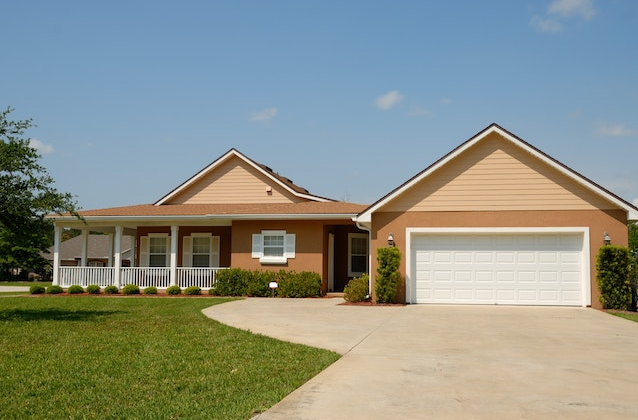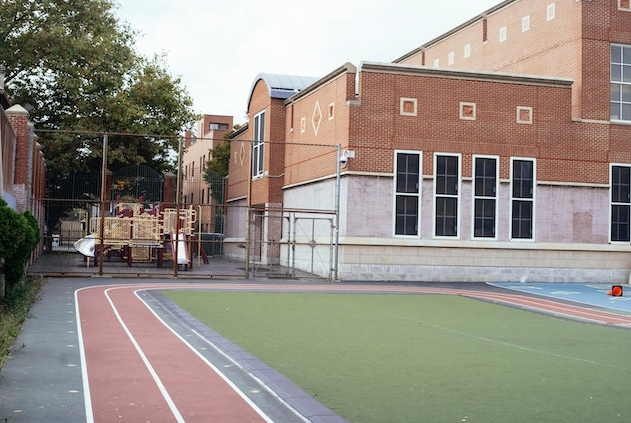Basic Guide to Landscaping
We have been talking a lot about the landscaping tips you must follow, and all the improvements arrangements you can add to your garden and outdoors. This is because it’s a great way to customize your lawn and enhancing your curb appeal. The dark side it’s that this task can be really overwhelming. This basic guide to landscaping will cover it since a beginners perspective a brief landscaping theory, common mistakes and ideas for beginners.
If you want more ideas about landscaping design you can learn more from outdoor lighting for your property.
The basic elements of landscaping
Landscaping combines these primary building blocks: lines, form, textures, and color. But what do each of these elements mean, and how do they work together to create a full landscape? Read on to learn how to make these elements work for you.
Lines

You don’t have to cover your yard in stripes to incorporate lines in your landscape. In the world of landscaping design, lines are created where two materials meet, where edges are visible against a background, or where a structure in a linear shape sits in a yard.
Form
Form refers to three dimensional shapes in the landscapes. Such as bushes, garden beds, and hardscaping structures, like sheds, walkways, or gazebos. Form is typically considered in conjunction with the style of your home. For instance round or soft shapes will complement a Mediterranean or cottage house, while right angles are best for mid-century modern and ranch-style houses.
Texture

Texture refers to the feeling and appearance of surfaces in the landscape, such as plants, hardscape elements, and rocks or boulders. Texture can create contrast or unity, which is generally determined by whether the surface is coarse or fine. Coarse textures stand out more, while fine ones blend into the surrounding landscape.
Another interesting way to play with the landscaping textures is working in more river rock landscape ideas.
Color
Color is the most noticeable element in a landscape, but it also changes the most throughout the year. Colorful flowers may go dormant or die off as their blooming season ends, while lush green leaves turn into an array of fall colors. Still, brightening up your landscape with a color scheme is a great way to customize and take advantage of the functionality it can offer.

